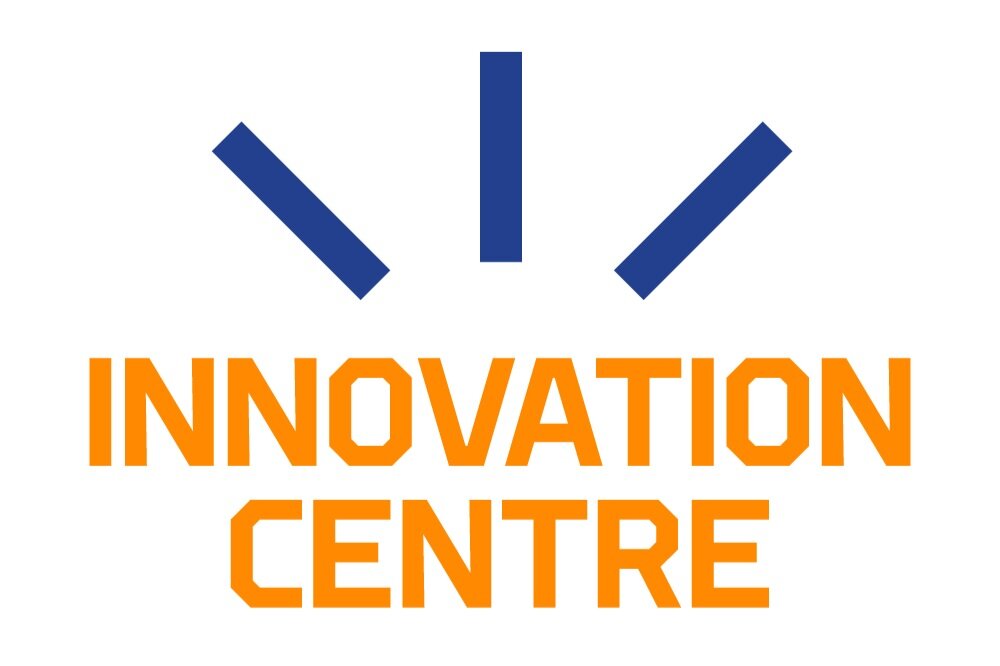Domain name — More than just a web address
Did you know that a domain name is much more than just a web address for a company? It is a valuable asset that helps customers recognize your business, find your services, and builds credibility in the digital environment. In addition, it supports your brand and lays the foundation for future growth. A poorly chosen domain name, on the other hand, can negatively impact all of these and even your legal standing. That’s why it’s crucial to choose and protect your domain name carefully — before your business takes off.
In a related InnoWebinar, Berggren’s lawyer and EU trademark and design attorney Atte Karineva shared practical tips on registering and protecting domain names. This blog post highlights the key takeaways from the webinar.
What exactly is a domain name?
At its core, a domain name is a readable alternative to an IP address — it’s what people type in to reach your website. But not all domains are created equal. Here’s a breakdown:
Country Code Top-Level Domains (ccTLDs) like .fi, .se, or .de are country-specific domains that help signal local presence and credibility. There are roughly 300 ccTLDs worldwide. In Finland, .fi domains are managed by Traficom, and are especially suitable for highlighting domestic credibility and local ties.
Generic Top-Level Domains (gTLDs) like .com, .net, and .org aren’t tied to any geography. Some are open to anyone, while others are reserved for specific sectors (e.g., .aero for aviation). With over 1700 options, gTLDs offer flexibility and creative branding opportunities, especially on global markets.
Internationalized Domain Names (IDNs) let you use national characters — such as accents or umlauts (like ä and ö) — so you can spell domain names in your own language. This is ideal for connecting with different linguistic and cultural audiences and showing local relevance.
Why you should act early and think strategically
Consumers are constantly searching online, and more purchases than ever start with a domain name. That’s why securing the right one is crucial — not just for today, but for where your business is heading.
Planning international expansion? Launching new products or services? Running campaigns? In addition to your company name, consider registering domain names that reference your trademarks, services, and key offerings.
Even if you’ve already registered a trademark, that doesn’t guarantee rights to the matching domain, but it does give you tools to fight back against fraudulent or bad-faith registrations.
Being proactive can save you a lot of headaches. If you wait too long, someone else might snap up your domain, or one that looks confusingly similar. Cybercriminals can use these to impersonate your brand, scam customers, or redirect traffic to fake websites. A misleading domain might even reroute users to a competitor or host harmful content that puts your customers at risk.
In Finland, Traficom has the power to remove .fi domains that infringe on protected names or trademarks, including ones that are deceptively similar.
And don’t forget: reclaiming a domain later can be expensive. The aftermarket for domains is a business in itself, and prices there can be far steeper than the original registration cost.
Rule of thumb: First come, first served. Secure your domain before someone else does.
How to protect your rights
Be proactive: register early.
Monitor new domain registrations related to your brand.
Respond quickly to suspicious or malicious use.
Know your legal tools:
UDRP and URS procedures (for gTLDs)
Traficom's dispute and transfer processes (for .fi domains)
Market court and arbitration proceedings
Real-world examples: What can go wrong and how to fix it
Here are some case examples showing how domain names can infringe on trademark rights — and what we can learn from the decisions:
MS-MANANGEMENT.COM (FA2201001980641)
Morgan Stanley filed a complaint over the domain MS-MANANGEMENT.COM. The UDRP panel ruled in Morgan Stanley’s favor, finding that:
The domain was confusingly similar to the MORGAN STANLEY trademark.
The respondent had no legitimate interest in the domain.
The domain was registered and used in bad faith.
Even though “MS” wasn’t trademarked, the panel found it clearly referenced Morgan Stanley. The domain was transferred.
OTKP-METAL.COM, OTKP-STEEL.COM, OTKP-SS.COM (CAC-UDRP-105609)
Outokumpu filed a UDRP complaint over domains combining “otkp” with words like “metal” and “steel.” The panel agreed the abbreviation referred to Outokumpu’s trademark, creating a clear likelihood of confusion.
The domains were used in ways that supported a bad faith intent and were ordered to be transferred.
BYMETIS.FI (Traficom/Dnro 7550/12.05.15/2024)
Metis Oy requested the removal of BYMETIS.FI, owned by a Dutch company accused of targeting elderly users with deceptive charges. While the site did reference Metis Oy, it was deemed a translation error. Traficom found insufficient evidence that the domain was intended to misuse Metis Oy’s reputation. The request was denied.
Need help? Get in touch with the Innovation Centre
Your domain is more than just an address — it’s your digital business card. Plan it well, and it can be a powerful tool to grow your brand and protect your reputation.
Are you a University of Oulu student or researcher needing help with domain names or IPR matters? Contact our expert:
Maarit Jokela
IPR Manager
maarit.jokela@oulu.fi
+358294488066



